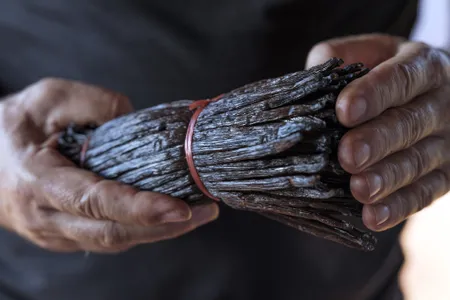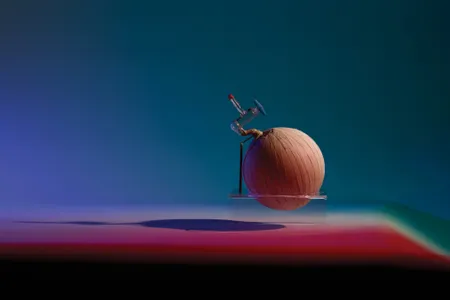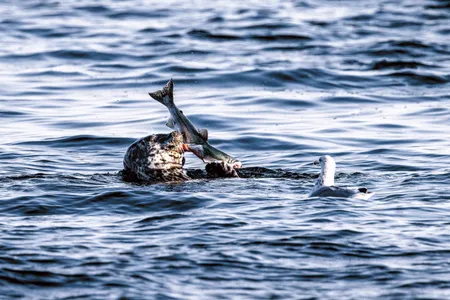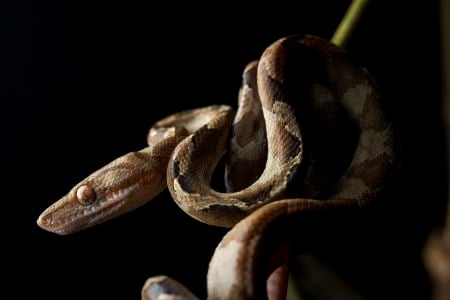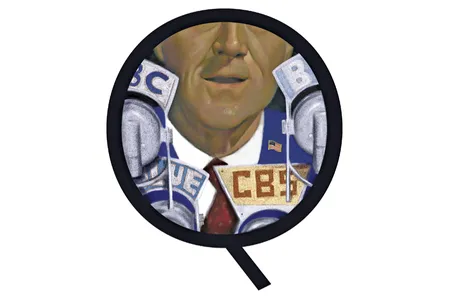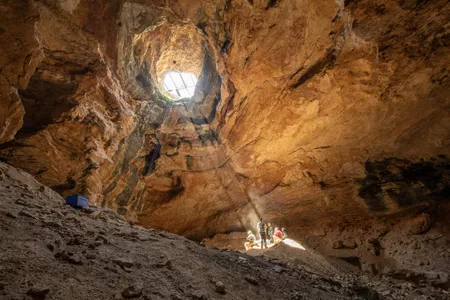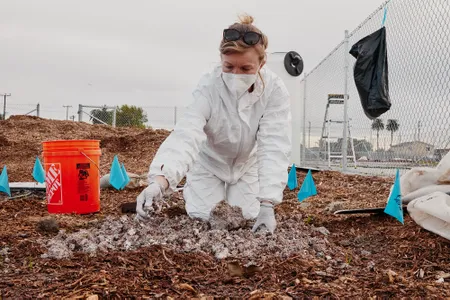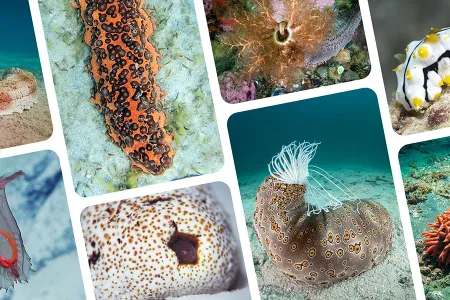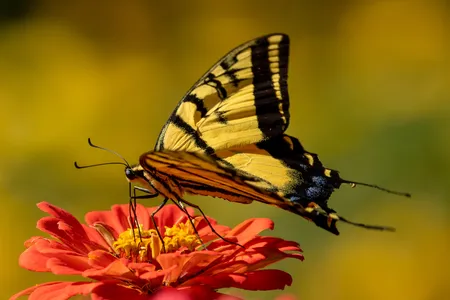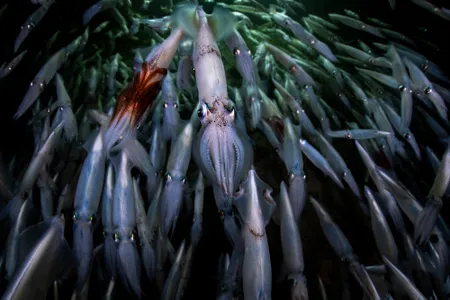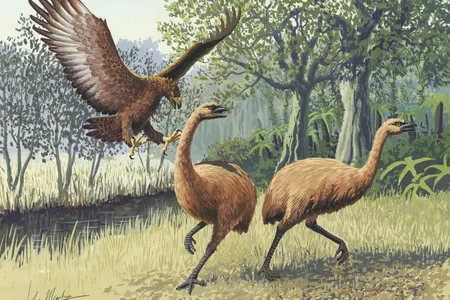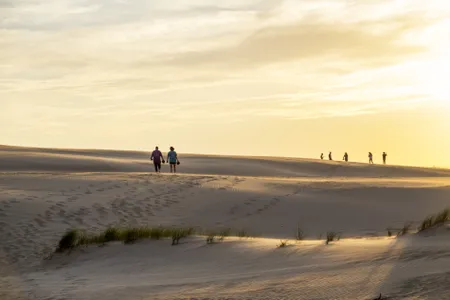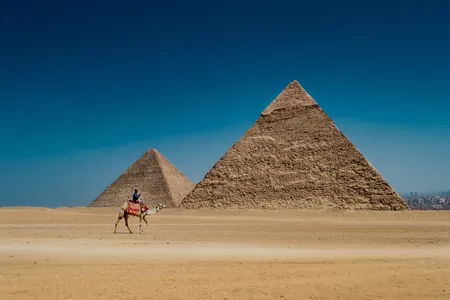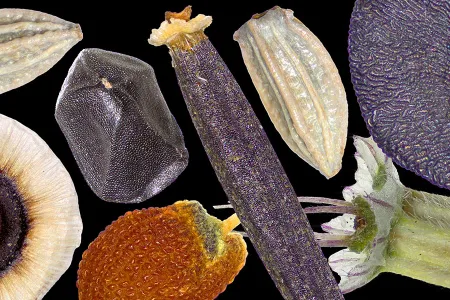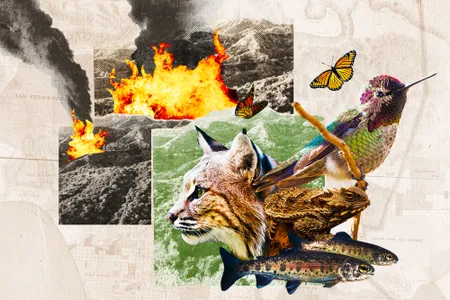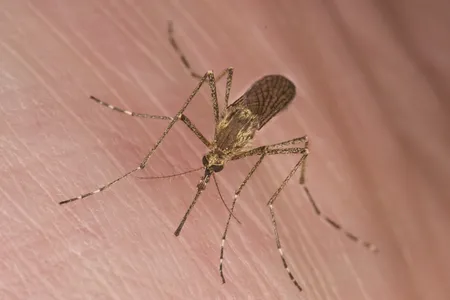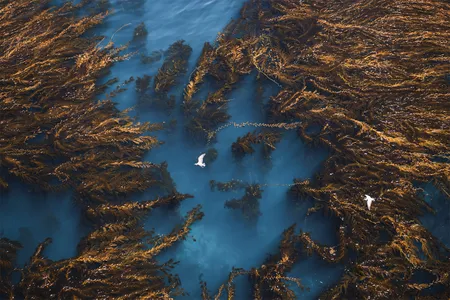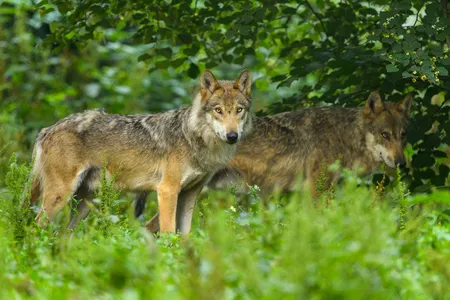The Bittersweet Beginnings of Vanilla Cultivation Can Be Traced Back to the Far-Flung Isle of Réunion
A journey to the remote Indian Ocean island reveals the story behind the fragrant, delicious, ubiquitous spice—and the enslaved youth who made it a commercial success
This Simple but Ingenious Instrument Helped the World Measure Carbon Dioxide Levels in the Atmosphere
Scientist Charles Keeling’s invention had a profound effect on scientists’ understanding of the severity of the climate change crisis
Salmon in the Pacific Northwest Are Facing a New Threat: Booming Populations of Seals and Sea Lions
The mammals’ return to the region represented a conservation success story, but their appetite for endangered fish is upsetting the balance of a delicate ecosystem
Climate Change Is Threatening Eye Health in Disturbing Ways
Cataracts, pinkeye and other ocular disorders are linked to heat, air pollution and higher UV exposure
This Elusive Snake’s Habitat Is Under Threat in Ecuador. Here’s How Conservationists Are Fighting Back
How do you protect an endangered serpent with a special talent for hiding in plain sight?
What Happened to FDR’s Fireside Chats? And More Questions From Our Readers
You’ve got questions. We’ve got experts
A Trove of Ice Age Fossils Buried in a Wyoming Cave Is Rewriting Our Understanding of Prehistoric Animals
At a site known as Natural Trap Cave, a team of scientists are rappelling down to uncover the secrets of what the Earth was like during the Pleistocene
Can Scientists Harness the Magic of Mushrooms to Clean Up Polluted Landscapes?
Researchers and grassroots activists are working with fungi to restore damaged environments
Welcome to the Weird and Wondrous World of Sea Cucumbers
These spiny or slimy ocean creatures display an astonishing diversity of appearances, behaviors and lifestyles—and many are increasingly threatened
Smithsonian Photo Contest Galleries
Be Blown Away by These 15 Images of Beautiful Butterflies
These shots from the Smithsonian Magazine Photo Contest show just why butterflies have floated into our hearts
In Order to Unravel the Many Mysteries of Squids, Scientists Dive Into Their Mating Frenzies
Marine biologists hope to find out more about a creature that is vital to a healthy ecosystem and the state’s fishery
Why Have Birds Never Gotten as Big as T. Rex?
Even the most massive birds have never reached the sizes of their dinosaur relatives
How an Indomitable Environmental Activist Saved the Outer Banks From Impending Development
Fifty years ago, Carolista Baum passionately fought to create Jockey’s Ridge State Park, an unusually biodiverse ecosystem of dunes, thickets and marshes
Smithsonian Photo Contest Galleries
These Extraordinary Archaeological Sites Are a Portal to Ancient Egypt
The Valley of the Kings and other bucket-list Egyptian destinations offer a glimpse into millennia-old majesty and artistry
To Safeguard Threatened Plants, Scientists Must Master the Tricky Art of Seed Banking
Researchers are working to unravel the hidden biology of often-persnickety seeds as they age, sleep and awaken
Looking Back on the L.A. Wildfires Through the Lens of Two Photographers
As wildfire becomes an increasingly lethal force that’s remaking broad swaths of California, people and animals alike are in the hot seat
Why Do Mosquitos Bite Some People More Than Others? Your Blood Type, Sweat Contents and Even Alcohol Consumption May Make You More Attractive to the Pesky Insects
Scientists are working hard to discover the factors that drive the blood-sucking insects to target certain individuals
What Free Diving in a Kelp Forest Taught Me About an Overlooked but Incredibly Valuable Ecosystem
A photographer shares the epiphanies she has had while chronicling underwater jungles off the California coast
What Does the Future Hold for Psychiatric Brain Surgery?
For some patients, removing brain tissue can help treat OCD and other disorders. But ethical concerns remain
Why Have European Wolves Recovered So Much in the Past Decade?
The predators have increased by almost 60 percent on the continent
Page 3 of 449
